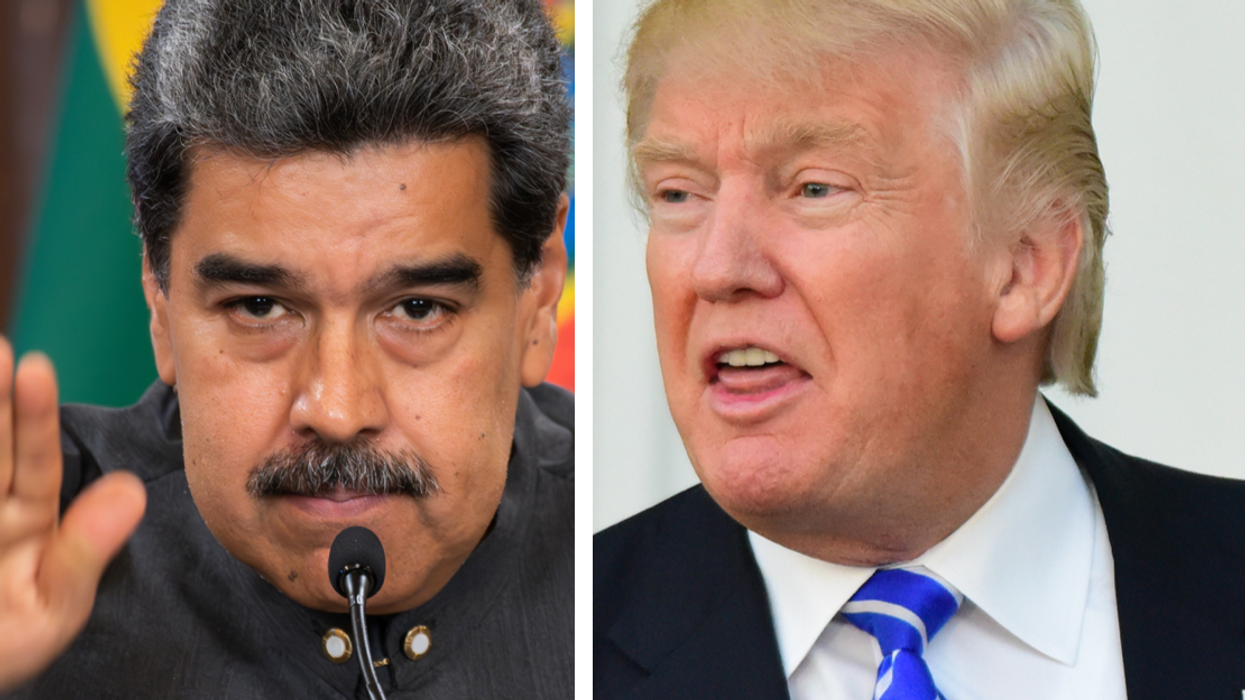The U.S. Army is getting ready to fight China. At least that’s how Secretary of Defense Pete Hegseth and Army leaders are selling their new modernization initiative, announced on April 30.
Framed as an opportunity for “generational change,” the overhaul intends to “optimize” the Army’s force structure and equip its soldiers for the Indo-Pacific’s maritime terrain while divesting the heavy armored vehicles and helicopters that have been Army mainstays for a decade.
Like the Army’s past efforts to pivot to Asia, however, the initiative is likely to fail. The Army doesn’t have a game-changing or undiscovered role to play in a potential future conflict with China, and another expensive reboot isn’t going to help it find one. Instead, it’s time for the Army to face reality and double down on the narrow but essential core competencies it can already bring to the Indo-Pacific, including air defense, command and control, and sustainment.
The new Transformation Initiative is not the Army’s first gamble for relevance in Asia. Its last effort at generational change started just seven years ago, with the launch of Army Futures Command (AFC) and over 30 modernization initiatives that promised to give soldiers new tanks, aircraft, missiles, and rifles.
Some of these new programs focused on preparing for future ground wars, but many aimed at increasing the Army’s stake in operations to counter Chinese military expansion, where most of the Pentagon’s attention and money were quickly shifting. Among these were costly and controversial long-range precision missile programs, plans to design new helicopters (future vertical lift), and the resurrected focus on the Army’s fleet of watercraft.
Even as the Army invested billions in the development and procurement of these systems, however, the service struggled to clearly define — and sell Pentagon leadership on — its role in a possible war with China. One fundamental obstacle was the lack of military access for ground forces across the Indo-Pacific region. Outside of South Korea, Japan, and the Philippines, the Army found little support for expanding its military presence. Those countries that did welcome Army forces were less enthusiastic about hosting some of its new, advanced capabilities, including its long-range missiles, and its stockpiles of equipment and materiel. This left the Army with expensive systems it could not deploy forward or might not be able to use effectively in a war.
Efforts to overcome these geographic restrictions with more advanced technologies (like longer-range drones and faster missiles) only created additional obstacles, ultimately preventing the Army from fielding planned systems in sufficient numbers to have a real operational impact.
As it tried to balance the competing requirements of geography on the one hand and firepower on the other, for example, the Army’s hypersonic program slipped well-behind its planned schedule and settled on missiles that cost so much ($41 million per missile) that the Army planned to procure only about a dozen. Worse, some programs like the Future Attack Reconnaissance Aircraft and the Strategic Long-Range Cannon were cancelled after running into questions about their viability in the Indo-Pacific.
The Army’s 2018 effort to reorient to Asia thus ran aground on the fundamental tension between the region’s immutable maritime geography and the service’s own limitations as a force that operates mostly on land. Instead of learning from these mistakes, however, Hegseth and his advisers seem intent on repeating them.
For example, Hegseth’s new initiative calls once again on the Army to “increase…forward presence in the Indo-Pacific by expanding pre-positioned stocks, rotational deployments, and exercises,” but offers no new ideas for how this will happen. Here, the Trump administration will face the same challenges as its predecessors: most countries in Asia do not want more U.S. Army forces or equipment on their soil for fear of making themselves targets of Chinese retaliation.
The DoD has, in the past, tried to increase its access by establishing facts on the ground, for example by leaving behind equipment after exercises. But this is not a long-term strategic solution. Questions of military access and basing permissions are political ones that need to be resolved at the diplomatic level, and the Army cannot plan for future roles in Asia that assume more military access than it has now.
Hegseth’s memo also accelerates Army timelines for fielding many of the technologies, including long-range missiles, drones and counter-drone systems, and AI-enabled command and control systems, that the service has been struggling to sustainably develop for years. Hegseth suggests that the problem in the past has been a broken acquisition process, but there is little evidence that this is case. Most of the setbacks faced by these programs have been technical ones exacerbated by Asia’s geography — its long distances, vast oceans, and inhospitable terrain — that a new contracting arrangement can’t change.
Finally, even if the Army succeeds in overcoming these first two challenges, the operational concepts required to guide Army use of new systems and technologies in the Indo-Pacific are missing in action. Equipping every Army unit with drones will not make the service any more relevant in Asia, for example, without a plan for how soldiers will use those drones in a theater made up mostly of water or during a conflict where they will be constantly under threat from Chinese air attacks and jamming that will make the Ukrainian battlefield look like a picnic.
Rather than launching a costly transformation — this one will reportedly cost $36 billion — in hopes of discovering newfound relevance in Asia, the Army should return to the core competencies it has developed over decades, namely, protecting American forces with advanced air and missile defense and enabling U.S. power projection with command and control, sustainment, and logistics support. Both roles will be essential for U.S. military operations in the Indo-Pacific, whether in peacetime or a war.
Here, Hegseth’s new initiative has some redeeming elements. Most importantly, it prioritizes investments in air and missile defense. The risk, however, is that attention devoted to this capability, floated only in the directive’s introduction, ends up being limited or diverted in favor of higher profile programs, such as the long-range missiles and uncrewed systems that Army leaders have been after for almost a decade or Trump’s Golden Dome for America.
Giving up the pursuit of an expanded role in Asia will likely mean larger Army force structure cuts and a smaller Army budget, but narrowing the Army’s Indo-Pacific remit will bring advantages, for instance, it will free up resources for other uses and allow the Army to concentrate its attention on doing a narrow set of tasks well, advancing combat effectiveness and the quality of support provided to the Joint Staff.
After two decades of counterinsurgency where it was the center of attention, the Army may not relish taking a backseat to its sister services. Searching for a new role in Asia, however, will be futile. The Army can do more and do better by focusing on what it already does best.
















